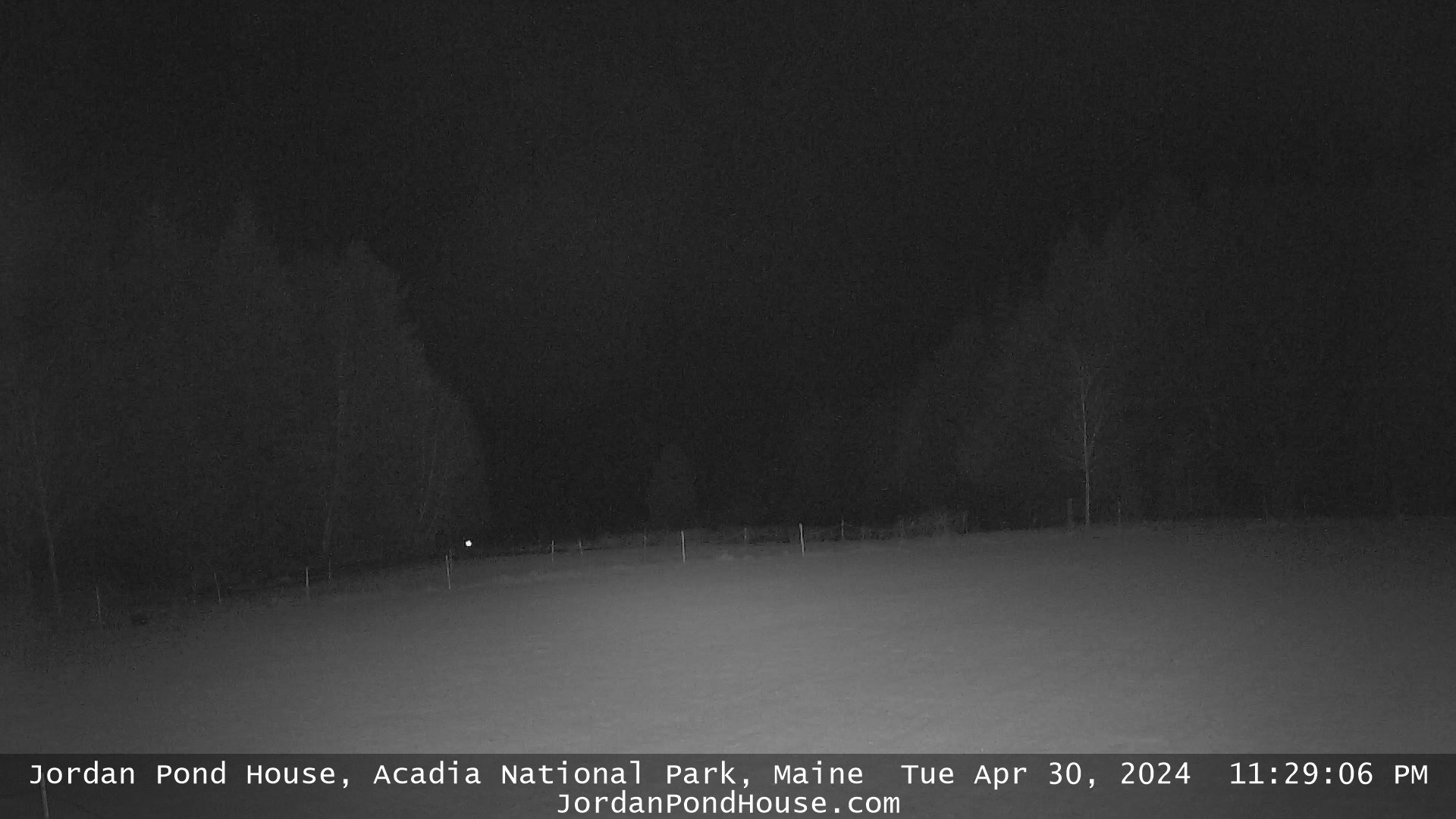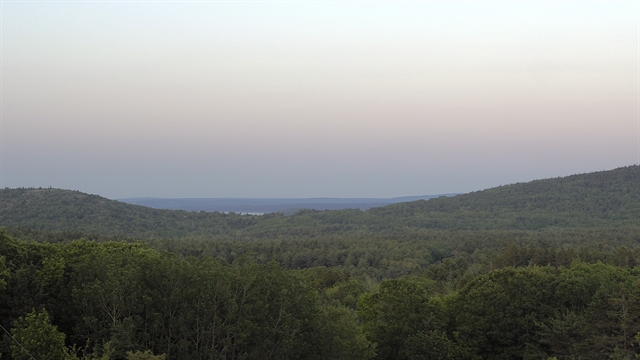Acadia National Park, Maine Weather Cams
Jordan Pond Cam

McFarland Hill Looking Northeast Cam

Haze Cam 1

Haze Cam 2

Southwest Harbor, Acadia National Park Cam
Trenton Bridge Lobster Cam
Acadia National Park: A Timeless Legacy of Conservation and Beauty
Acadia National Park, Maine Weather Cams. Nestled along the rugged coast of Maine, Acadia National Park stands as a testament to the harmonious blend of natural splendor and human dedication to conservation. From its early history as a home to Native American tribes to its establishment as a national park, Acadia has evolved over centuries, shaped by the forces of nature and the efforts of passionate individuals determined to preserve its beauty.
Origins: The Land Before the Park
Long before Acadia was formally recognized, the region was home to the Wabanaki people, whose presence in the area dates back more than 12,000 years. These indigenous communities relied on the land’s diverse resources for fishing, hunting, and agriculture. Mount Desert Island, the heart of Acadia National Park, served as a seasonal hub for the Wabanaki, providing essential resources for survival and spiritual significance.
The first European explorers arrived in the early 17th century. Samuel de Champlain, the renowned French explorer, charted the island in 1604 and named it “Isles des Monts Déserts” due to its barren peaks. Over the next two centuries, the island saw the arrival of settlers, fishermen, and traders, transforming the landscape into a modestly developed settlement. However, its rugged beauty remained a constant attraction.
The Rise of Tourism and the Call for Preservation
During the late 19th century, Mount Desert Island became a popular retreat for wealthy Americans seeking respite from the industrialized world. Affluent families, including the Rockefellers and the Astors, built lavish summer homes, embracing the area’s tranquility and scenic allure. As tourism flourished, concerns arose regarding the preservation of the island’s natural beauty, as unchecked development threatened its forests and coastline.
A movement to protect Mount Desert Island gained traction in the early 20th century. Visionaries such as George B. Dorr, Charles W. Eliot, and John D. Rockefeller Jr. recognized the importance of safeguarding the region from excessive commercial expansion. Their conservation efforts would eventually lead to the establishment of Acadia National Park.
Formation and Growth of Acadia National Park
In 1916, President Woodrow Wilson signed an executive order establishing Sieur de Monts National Monument, marking the first federally protected area in the eastern United States. This designation was largely the result of George B. Dorr’s relentless advocacy for conservation. Just three years later, in 1919, Congress officially redesignated the monument as Lafayette National Park, honoring the Marquis de Lafayette, a French hero of the American Revolution.
In 1929, the park underwent another name change, becoming Acadia National Park, a title inspired by the region’s historical ties to the Acadian people of French Canada. The park grew in size throughout the early to mid-20th century, thanks to land donations from philanthropists such as John D. Rockefeller Jr., who played a vital role in its expansion. Rockefeller’s construction of the famed carriage roads allowed visitors to experience Acadia’s landscape without the intrusion of automobiles, a legacy that remains intact today.
Acadia Through the 20th and 21st Centuries
As Acadia National Park continued to grow, efforts to maintain its ecological integrity expanded as well. The National Park Service implemented policies to protect Acadia’s diverse ecosystems, including its granite peaks, dense forests, and pristine coastline. Scientific studies aimed at preserving its flora and fauna became essential to conservation strategies.
Throughout the decades, Acadia faced challenges from environmental threats such as deforestation, invasive species, and climate change. However, proactive conservation measures, including restoration projects and sustainable tourism initiatives, have helped protect the park’s delicate balance. Organizations and local communities continue to play a crucial role in maintaining Acadia’s natural beauty.
Acadia Today: A Beacon of Natural Wonder
Today, Acadia National Park is one of the most visited national parks in the United States, attracting over three million visitors annually. Its breathtaking landscapes, from the summit of Cadillac Mountain to the shores of Sand Beach, offer unparalleled experiences for nature lovers, hikers, and outdoor enthusiasts. Seasonal changes transform Acadia into a vibrant display of colors, drawing in visitors year-round.
The park remains a symbol of conservation, reminding us of the importance of protecting natural spaces for future generations. Through ongoing efforts to preserve its ecosystem and promote responsible tourism, Acadia stands as a testament to the enduring legacy of those who fought to safeguard its beauty.
From the ancient presence of the Wabanaki people to the conservationists who shaped its destiny, Acadia National Park represents a timeless connection between humanity and nature. Its history is one of dedication, vision, and resilience—a narrative woven into the very fabric of its rocky shores and towering forests.
For more information, visit the Acadia National Park, Maine official website.
Acadia National Park, Maine Weather Cams
See more Maine Live Cams here.
